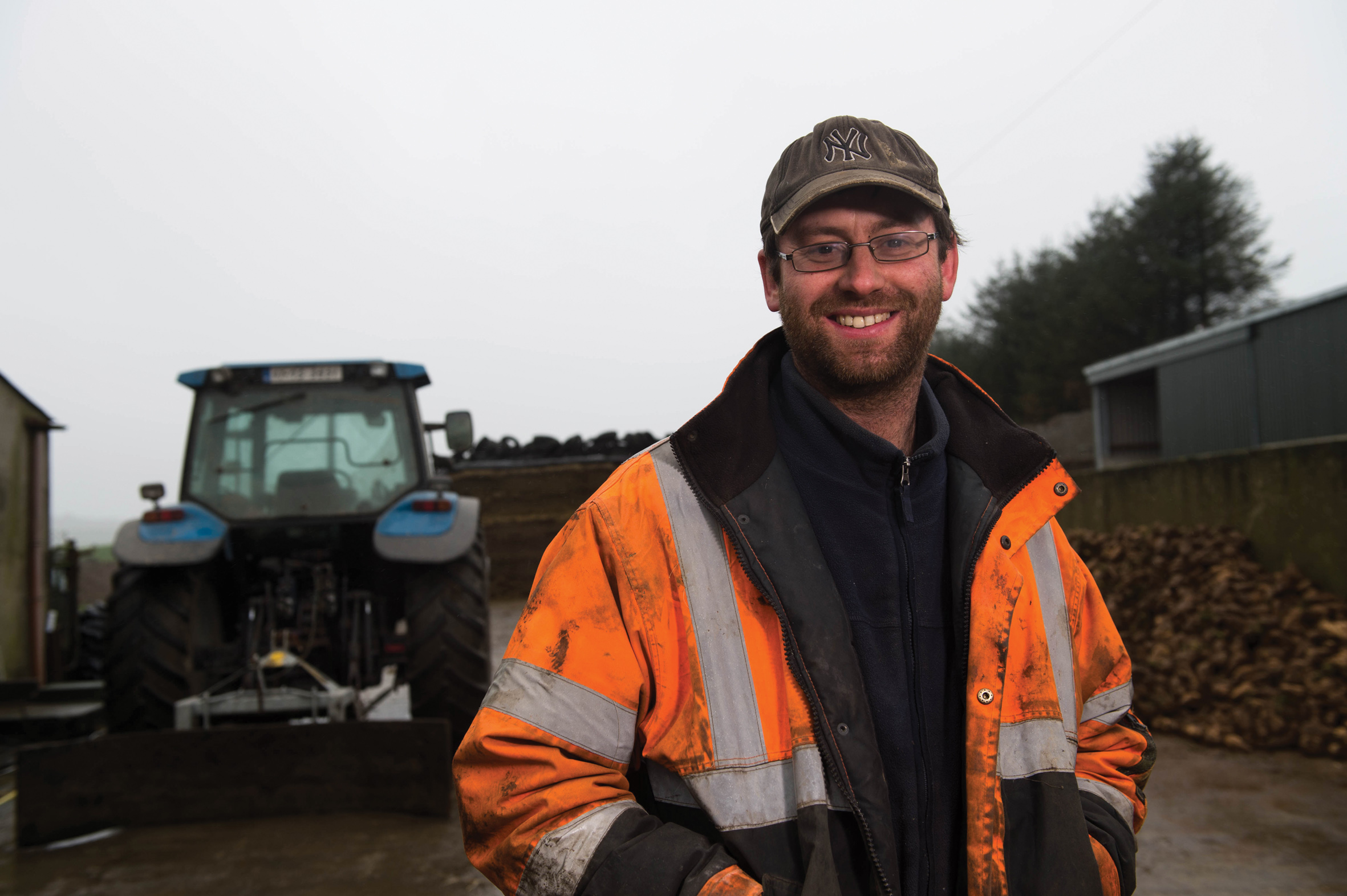Actisaf enhances herd performance from grazing
Adrian O’Driscoll has a real focus on maximising the amount of milk solids produced from grazed grass, while also ensuring he meets the nutritional requirements of his herd while grazing.“I am happy to feed my cows in order to optimise milk solids yield, minimise body condition loss and promote good fertility, and I try to combine this with effective utilisation of my grassland swards.”
Adrian runs a herd of 70 cows near Drinagh in County Cork, which is block spring calving. This year he started calving in late January and had 55 cows calved in the first three weeks, with those cows averaging 30 litres at 4.16% fat and 3.48% protein after three weeks. He aims for a 16 week breeding period each year, with the majority calving within 12 weeks, and this year 90 per cent will calve within an eight week block, so he is pretty comfortable with cow fertility performance.
“I feed cows well after calving to get them in good condition for bulling, and the cows are bulling strongly already,” he explained. “I haven’t turned them out to grass as yet, as I have a limited land area available to me, and if I chew it up early in the season then it impacts on grazing for the whole year.”
In 2015, Adrian’s herd achieved milk quality of 4.20% fat and 3.6% protein, with cows peaking at 32.5 litres/day - more than 500kg of milk solids a year, with an expectation of higher yields this year based on performance so far. Dry cows are fed a ration comprising grass silage, straw and minerals, with any cows that look a bit thin getting 1kg/head/day of a dry cow ration.
Whilst they are housed before turn-out, early lactation milking cows are fed a TMR comprising 73 DMD grass silage, 12kg of fodder beet, 2kg of a rolled barley/maize meal mix, along with 6kg of an 18 per cent crude protein nut through the parlour, which Adrian buys from Drinagh Co-op.
When cows go out to grass, usually in early March, Adrian continues to supplement them with 4-5kg/day of a nut through the parlour once they are grazing full time, although this reduces to a 14 per cent crude protein nut.
“I think it is important to keep supplementing cows at grass to maintain performance and I definitely get a yield response to the feed I give through the parlour,” Adrian explained. “In wet weather I will increase the parlour feed rates to ensure adequate energy intake to sustain performance. We only average around 1 tonne of feed/cow/year, so we are not feeding a lot, but the benefits far outweigh the costs in my opinion.”
One issue that Adrian has seen when grazing in the past is variable milk fat and protein levels, as well as loose dung, particularly when he gets to the second round of grazing and grass is lush and leafy.
“I was advised to try adding Actisaf live yeast to our parlour nut to help address these issues,” Adrian said, “and I’ve been really pleased with the results.”
“Cows seem to transition on to grazing better with Actisaf in the feed and milk solids are much more consistent throughout the grazing season. I’ve also noticed cows are much more content at grass now, with improved cudding rates and consistent yields of butterfat and protein, whereas before at times they were not as settled as I would like, even in good swards of grass, something which would go hand in hand with milk constituents dropping.”
Overall, Adrian aims to maximise the amount of milk solids he produces from grazed grass and aims to complement this with strategic feeding of nuts through the parlour and buffer feeding when required. “Our approach is to maximise the utilisation of grazed grass from the grazing platform while also endeavouring to promote good herd health and fertility. Feeding Actisaf through the parlour nuts has contributed to this, as I feel it helps keep the cows performing consistently during the grazing season.”

